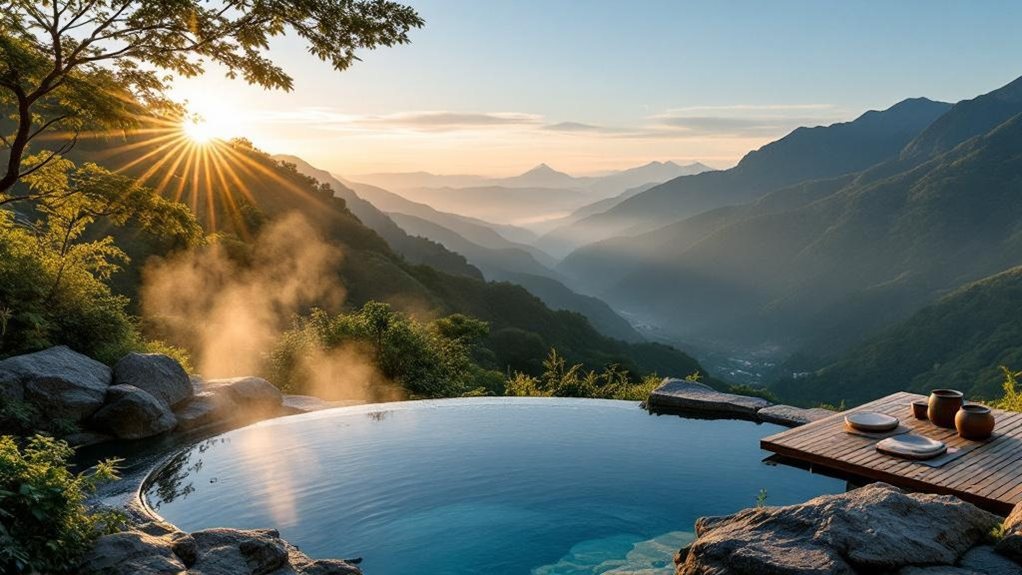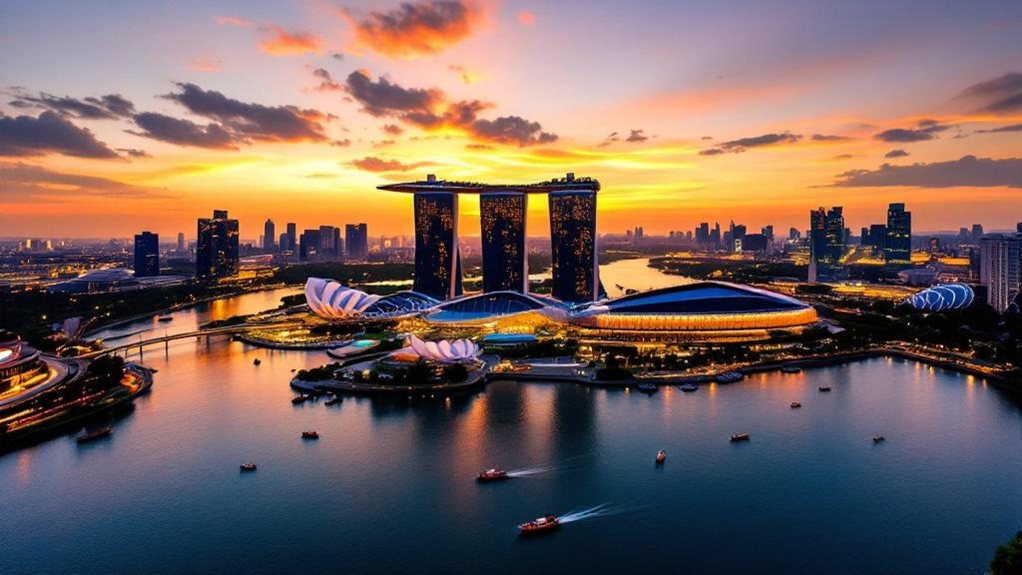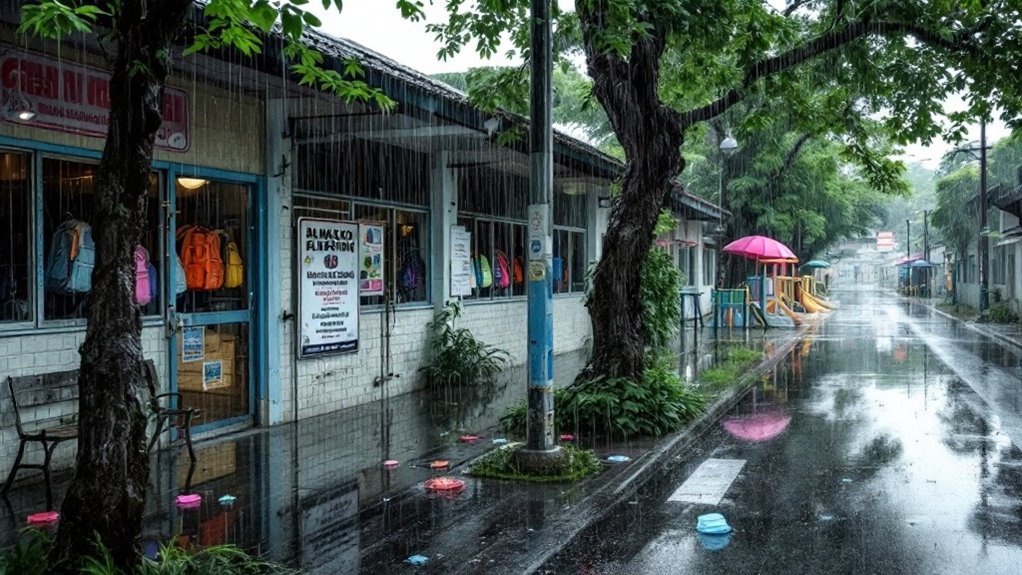Affluent individuals in Asia Pacific are rethinking luxury travel, emphasizing wellness and meaning over ostentation due to economic growth and evolving values. As disposable incomes rise, travelers increasingly favor immersive experiences that offer emotional connections and prioritize wellbeing. Preferences shift towards sustainable, authentic travel, incorporating personalized wellness activities such as forest immersions and nutrition programs. Traditional opulence gives way to thoughtful choices, steering towards destinations like Bangladesh and New Zealand, offering promise for deeper exploration beyond conventional travels.
Although the concept of luxury travel is evolving globally, the Asia Pacific region stands out with significant market growth and shifting consumer preferences. In 2023, the Asia Pacific luxury travel market was valued at USD 270.64 billion, accounting for 19.7% of global revenues. The region’s luxury travel market is projected to grow at a compound annual growth rate (CAGR) of 8.6% from 2024 to 2030. This growth reflects not only the economic rise and increased disposable incomes but also political stability and enhanced travel facilitation, such as Visa on Arrival policies.
Tourism’s contribution of approximately 10% to the region’s GDP underscores its economic importance.
Tourism accounts for nearly 10% of the Asia Pacific’s GDP, highlighting its vital economic role.
A notable 72% of luxury travelers in the Asia Pacific region plan to increase their travel spending by 2025, with the highest intentions seen in Australia (85%), Indonesia (81%), and Singapore (80%). The planning and booking patterns indicate a sophisticated approach, with most travelers booking premium trips 2-6 months in advance, while some plan 9-12 months ahead. The rise of solo parent travelers, increasing from 15% to 24%, is also influencing travel trends in the region, as these travelers seek destinations and experiences that cater to their unique needs.
Short trips, however, are often booked 1-2 months in advance, signaling a degree of flexibility. Increased spending is directed towards wellness, nature, and experiential travel, as opposed to traditional displays of extravagance.
Wellness is becoming a pivotal factor, with 90% of luxury travelers prioritizing it in 2025, up from 80% previously. Beyond traditional spa experiences, wellness now encompasses forest immersions, nutrition programs, and sleep therapies. These activities align with the holistic integration of physical, emotional, and mental wellbeing, reflecting a shift towards personalized wellbeing experiences.
The shift towards meaningful and intentional travel is evident, with affluent travelers seeking immersive experiences that offer emotional connections and cultural engagement. This movement away from traditional luxury emphasizes sustainability and authenticity. High-net-worth travelers in the Asia Pacific region prioritize wellbeing and immersive experiences, showing a clear preference for emotional value and intentional design in their travel choices.
Emerging destinations such as Bangladesh, New Zealand, and Cambodia, along with established favorites like Australia and Japan, are gaining attention for their natural and cultural offerings.






